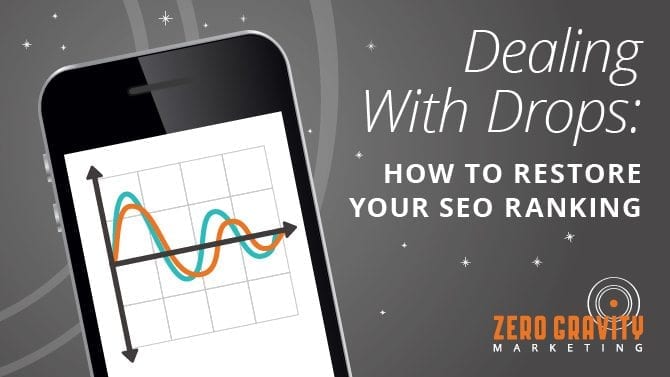
Although changes in search ranking may seem arbitrary, there is always a method to the madness. Search engines rely on rational algorithms with understandable updates, making it possible to ascertain and address the cause of lost visibility. Through the following steps, you can assess sudden drops, adjusting your digital marketing and content to compensate:
Step 1: Review The Ranking
Changes in search rankings are often due to transient factors. Thus before you alter your site’s content or digital marketing company strategy, make sure the decline will last. Check the drop’s timing to see if it coincides with events that affect consumer searches. Compare your ranking tracker to your Google Search Console, organic traffic, and other SEO agency metrics, making sure that all sources show the same drop. Review ranking data from previous days to see if the change was sustained over time.
Step 2: Assess The Algorithm
Your next step should be to check for changes in the search engine’s algorithm. Read MozCast, Search Engine Watch, Search Engine Land, and other publications that track these changes, and reach out to SEO agency contacts. If there was a change, alter your Digital Marketing strategy accordingly.
Step 3: Locate Lost Links
If algorithmic changes are not responsible, lost links may be. Obtain a linking report for your site. Determine if there has been a decline in inbound links to your site, and if so, which pages they affect. Reach out to the sites that formerly linked to you, request that they restore the links.
Step 4: Investigate Internal Links
Linking issues aren’t limited to other sites. Investigate changes to your site’s navigation, anchor text, and individual pages. These may have compromised internal links.
Step 5: Peruse Changed Pages
Assess any pages you have changed recently, making sure they have an optimal keyword density and that search engines can access and read them. Check to see if your URL has remained the same, and if not, change it back to its original format.
Step 6: Focus On Feedback
Your search engine may have lowered your ranking due to negative feedback from users. Consider popups, new page titles, additions that slow loading time, and other changes that may have harmed user experience. Then consult an SEO agency or digital marketing company for advice on improving site usability.
Step 7: Consider The Competition
If you can’t find something you did wrong, the problem may be that your competitors did something right. Wayback Machine, Versionista, and other tracking tools will tell you if any of your competitors are doing better. If they are, figure out what they are doing differently and incorporate these changes into your own site.
For more information on SEO, website design, and other keys to effective marketing, contact Zero Gravity Marketing today.








